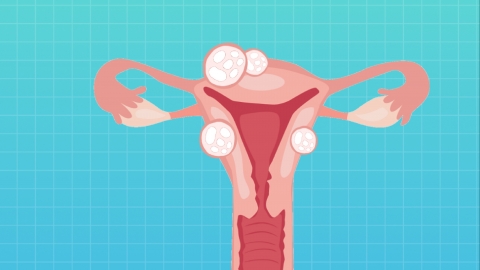Can patients with uterine fibroids eat black beans?
Generally, patients with uterine fibroids can consume black beans in moderation but should pay attention to controlling the quantity and method of consumption. If any abnormalities occur, prompt medical consultation is recommended. Detailed analysis is as follows:

Black beans are rich in protein, vitamins, and various minerals. Moderate consumption can provide essential nutrients to the body. Additionally, their content of phytoestrogens is relatively low, and normal consumption typically does not significantly stimulate uterine fibroids. The development of uterine fibroids is associated with estrogen levels, and the phytoestrogens in black beans have a bidirectional regulatory effect. When consumed in small amounts, this regulatory effect is generally mild and does not usually promote fibroid growth. Instead, black beans can supply essential nutrients for patients and help maintain bodily functions.
Excessive consumption of black beans, however, may lead to excessive intake of phytoestrogens. Although their effect is weaker than that of the body's natural estrogens, long-term and excessive intake may still potentially affect uterine fibroids, increasing the risk of fibroid stimulation. Moreover, if black beans are processed into high-sugar or high-fat foods, such as candied black beans or fried black beans, excessive consumption may not only lead to excessive calorie intake and weight gain but could also indirectly affect hormone metabolism in the body, potentially harming the health of patients with uterine fibroids.
Patients with uterine fibroids should follow the principle of moderate consumption of black beans, choosing light and healthy cooking methods such as steaming or boiling them into porridge. They should avoid excessive intake or consuming processed black bean products high in sugar and fat. Additionally, regular gynecological check-ups are necessary to monitor fibroid size and overall health status, allowing for timely dietary adjustments and treatment modifications according to individual conditions.










